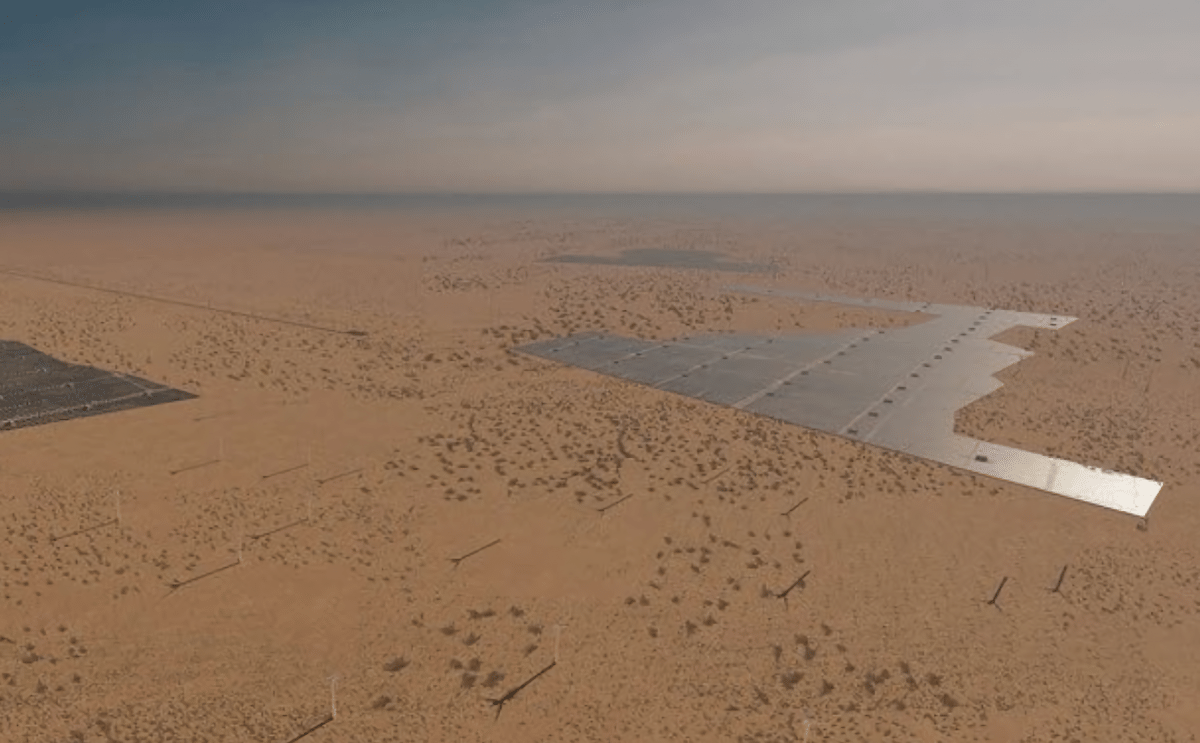In the tranquil town of Lüderitz with a population of 15,000 on the southern Atlantic coast of Namibia, life will probably change very soon. Namely when the population doubles during the four-year construction phase of the country’s largest hydrogen project.
Because for the four-year construction of a gigantic production plant for green hydrogen, the company Hyphen Hydrogen Energy expects 15,000 new workers, 90 percent of them Namibians. 3,000 people are then sufficient for later operation.
On May 24, 2023, the government of Namibia and Hyphen Hydrogen Energy, or Hyphen for short, signed a Feasibility and Implementation Agreement for the $10 billion project – as much as the country’s gross domestic product. Hyphen is a joint venture between German Enertrag from Dauerthal in the Uckermark, a pioneer in renewables, and Nicholas Holdings, an investor and project developer from the Virgin Islands.
The Namibian state is also planning to take a 24 percent stake in the project so that it can share in the profits in addition to income from taxes, licenses and environmental fees. After all, Namibia needs a lot of money to offer its young people in particular better life prospects, education and a good health system. Of them, 38 percent were officially unemployed in 2020, but after Corona it could now be 70 percent.
Seven gigawatts in the desert
By 2029, solar and wind parks with a capacity of seven gigawatts will be built south of Lüderitz on more than a fifth of the almost 22,000 square kilometer Tsau/Khaeb National Park.
The electrolyzers will need half of the electricity to produce hydrogen from seawater, and the other half will be used for seawater desalination and conversion to ammonia, which is easier to transport.
In addition, electricity should also be left over for the population. But first power lines have to be built. Currently, only a third of the people in rural areas have access to electricity.
In the end, Hyphen aims to produce 350,000 tons of green hydrogen per year and convert it into two million tons of ammonia, primarily for export but also for the domestic hydrogen industry that it plans to develop.
Customers in Germany – but also elsewhere
Despite the great interest that German politicians have recently shown in Namibia: Germany is not necessarily the focus of attention as an export market, even though RWE has already signed an agreement for 300,000 tons of ammonia per year from 2027. The South Korean company Approtium also wants to buy 250,000 tons per year. In addition, an unnamed European company is on the list – and partnerships with Japanese companies are under discussion.
But there is also criticism. Apparently, the government hardly involved the population in the planning, for example in the form of consultations or on-site discussions.
In parliament, Henny Seibeb, MP for the Landless People’s Movement (LPM) party, denounced the secrecy surrounding the green hydrogen project, because the local population had only heard about the project from the media and from hearsay. He even spoke of “neo-colonialism through Germany,” as reported by the private, German-language radio station Hitradio in Windhoek.
A threat from President Hage Gottfried Geingob at the end of May provoked violent reactions from lawyers: The Namibian, the country’s largest daily newspaper, quoted him as saying that the people in the region should not interfere in the green hydrogen project.
Hydrogen strategy in the development plans for years
“The President’s warning is a chilling and worrying message to those who have concerns about the project’s environmental impact or who feel their voices are not being heard,” said Tony Hancox, director of the LAC legal aid center. Geingob’s comments suggested he was willing to flout the values of a democratic nation to push through a controversial project.
But overall, experts from the Heinrich Böll Foundation and Joachim Fünfgelt from “Brot für die Welt” consider the project to be exemplary – at least on paper, as Fünfgelt emphasizes. In recent weeks he has held talks with Enertrag representatives and with James Mnyupe, the economic adviser to the Namibian President and head of the planning commission.
The Namibian hydrogen strategy has been anchored in government development plans for years, long before Corona and the Russian attack on Ukraine. So Namibia is now a player, forging its own destiny and pursuing the opportunities of green hydrogen production of its own accord.
However, a lot is still unclear and the future will show whether what is in the papers will actually be implemented. For example, nature conservation reports will only show in two years how the plant will affect the desert ecosystem. Even when it comes to technical issues – such as discharging the desalination brine into the sea and diluting it offshore – plans remain vague. There could also still be resistance from the population, as the management consultancy Ernst & Young fears in a study.

(bsc)
